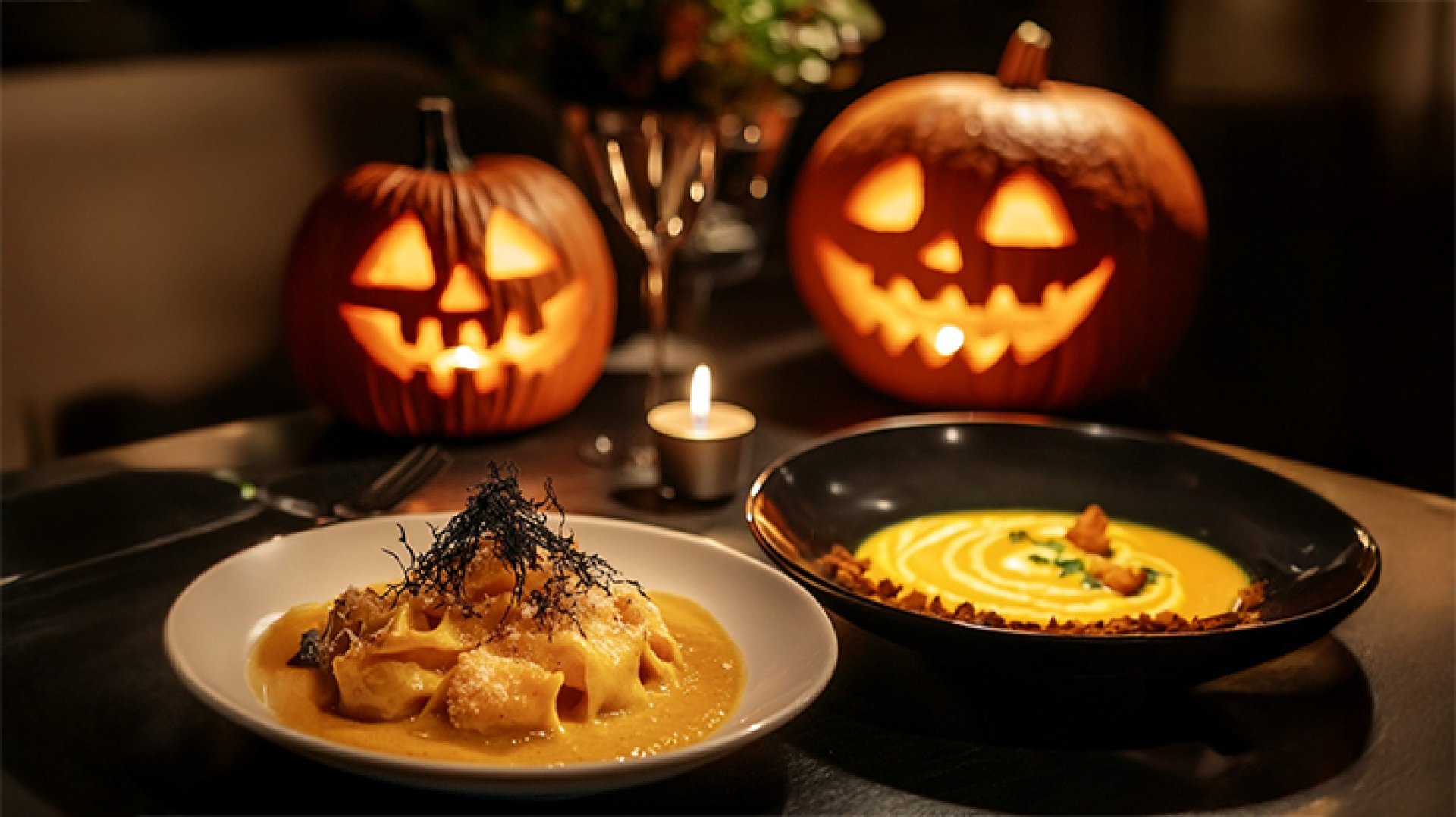Jack O'Lantern

Origins of the Jack O'Lantern
The Jack O'Lantern, commonly known as the pumpkin lantern, is a key symbol of Halloween. It originates from Irish folklore about a man named Jack, known for his cunning and stingy nature. This legend reflects Irish beliefs about superstition and the supernatural.
The Tale of Stingy Jack
According to the legend, Jack tricked the devil into turning into a coin to pay for drinks. However, once the devil transformed, Jack trapped him by placing the coin in his pocket alongside a cross, preventing the devil from returning to his original form. Jack then made the devil promise not to take his soul to hell. The devil agreed.
When Jack died, he was denied entry to both heaven and hell. His spirit was condemned to wander the earth, carrying a burning coal inside a carved turnip to light his way. This wandering spirit became known as Jack of the Lantern, later shortened to Jack O'Lantern.
The Tradition of Carving Lanterns
Originally, people carved faces into turnips, potatoes, or beets and placed candles inside to ward off evil spirits. When Irish and Scottish immigrants came to America, they discovered pumpkins were larger and easier to carve, leading to the modern tradition of pumpkin carving during Halloween.
The Cultural Significance of Jack O'Lantern Today
Today, the Jack O'Lantern is an indispensable Halloween symbol worldwide. Beyond serving as decorative lanterns, they inspire artistic creations and festive activities. Pumpkins are also widely used in Halloween recipes such as pumpkin soup, pumpkin pie, and various beverages.


